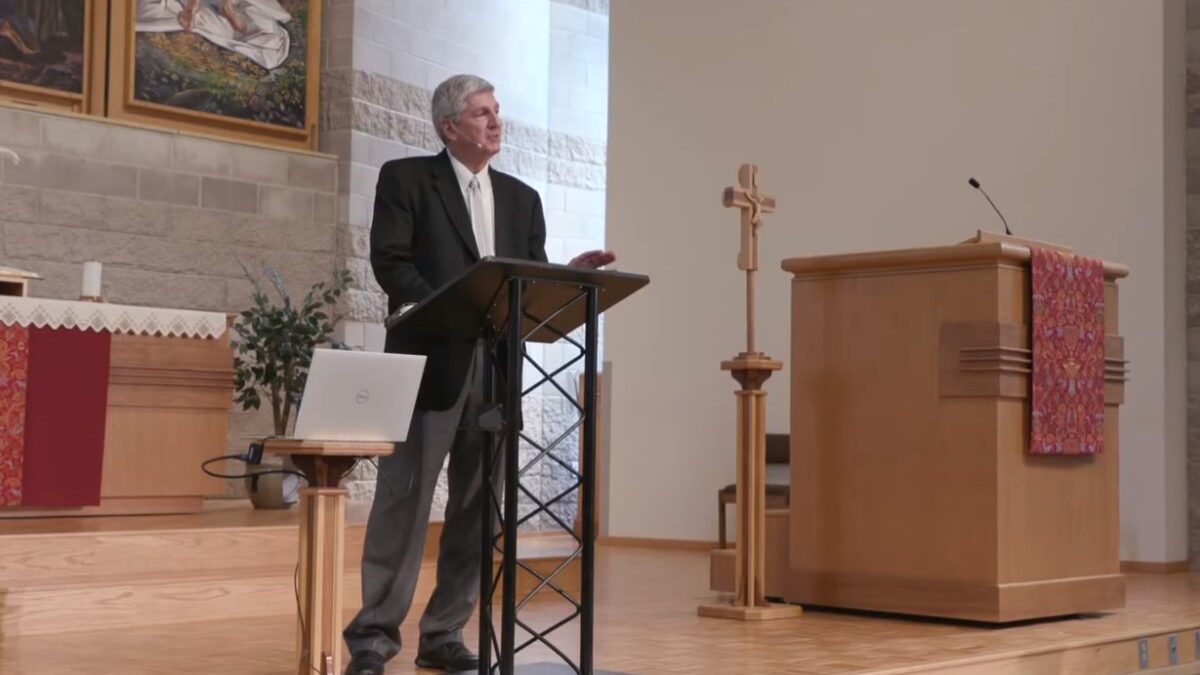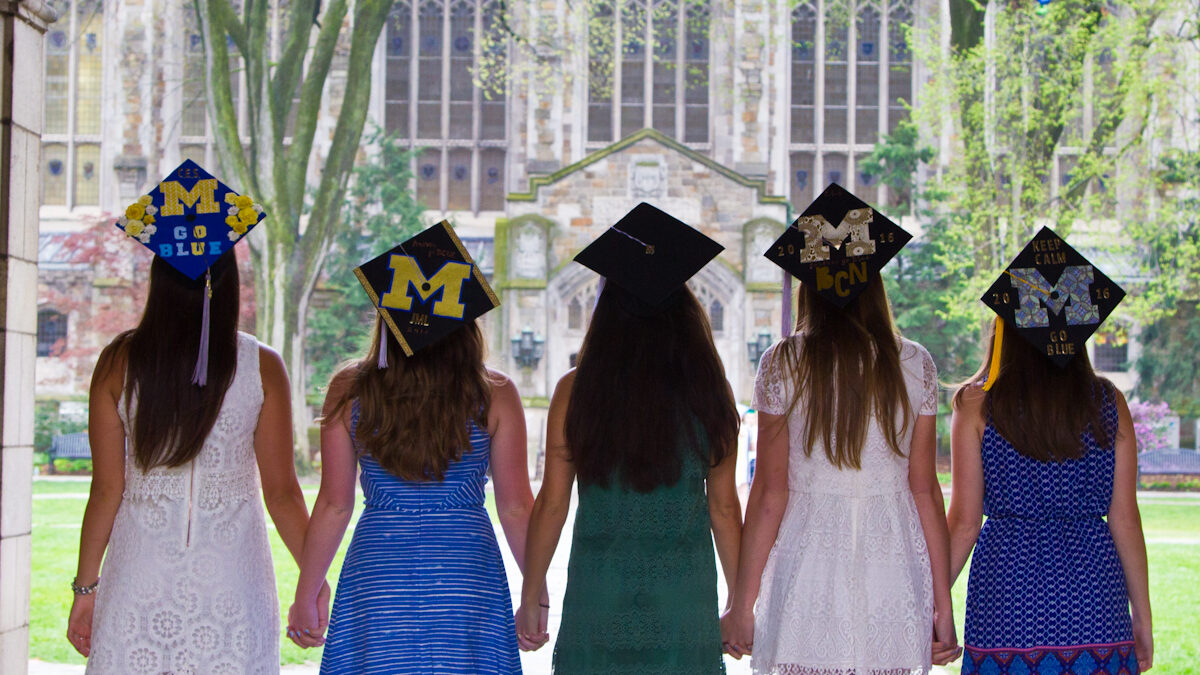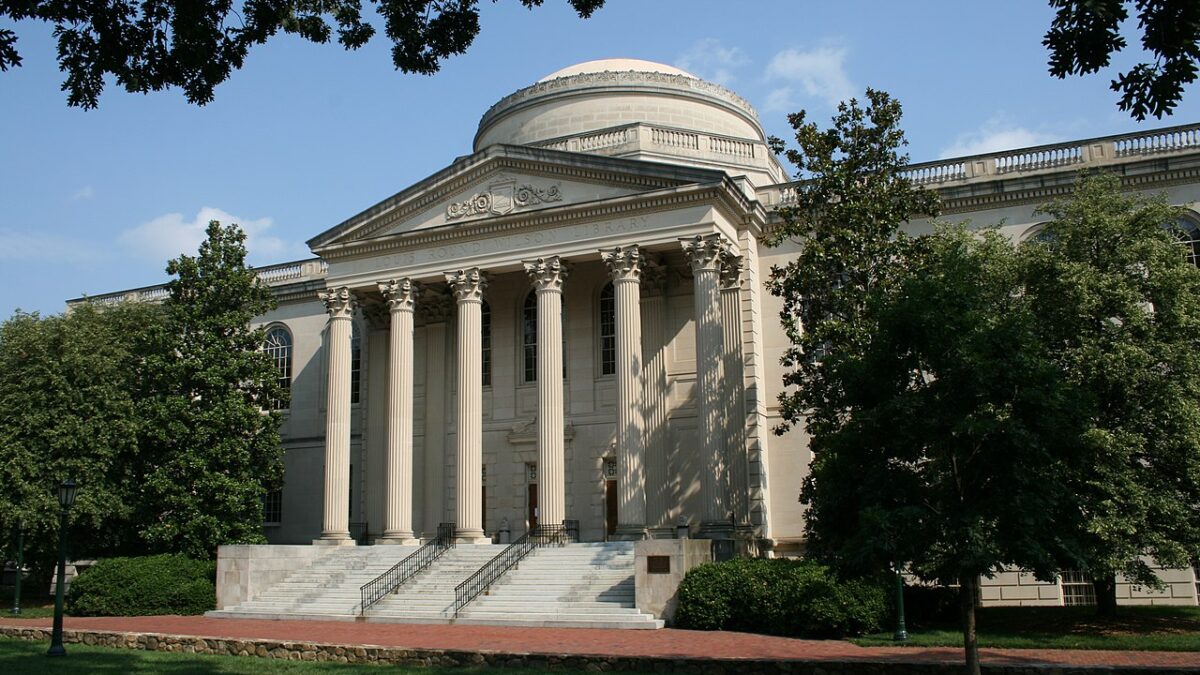
This month, millions of high school seniors will open emails and envelopes to find out if they were accepted to the colleges of their choice. Thanks to Felicity Huffman, Lori Loughlin, and others who allegedly participated in admissions fraud, these college seniors will all wonder if they truly got a fair hearing before the admissions board.
Huffman, Loughlin, and dozens of others are accused of knowingly paying tens of thousands of dollars to a sham charity run by William Rick Singer, who then apparently used the money to bribe admissions test administrators and college sports coaches. The fraud involved bribing test proctors to “help” specific students or having someone else take the SAT in a student’s place, as well as pasting the faces of these kids onto photos of people playing sports. According to U.S. Attorney Andrew Lelling, Singer’s sham foundation received $25 million to get the children of wealthy parents into schools like Stanford, Georgetown, Yale, the University of Southern California, and the University of Texas.
Traditionally, wealthy parents have had two options for using money to boost their kids’ chance of admission at elite schools. The first is slapping their last name across a university building for a hefty donation with unwritten expectations attached. This route is only open to families with hundreds of thousands of dollars to spare. A hefty donation benefits the college and ideally allows the school to devote more resources to helping students, but it doesn’t make the donor’s child more qualified than other students in the applicant pool.
The other method is far more accessible, and entirely ethical: Pay for private tutoring, intense sports training, or coaching in some other extracurricular activity. This method benefits the kid, because it’s geared toward expanding his or her abilities.
The highly coached student still must get into college on his or her own merits—he or she just had some help (and spent significant time) developing those merits. No matter how much or how little the parents spend, the student still has to do the work, or else his or her test scores and race times won’t budge.
The people involved in this college admissions fraud could have afforded to boost their children’s admissions chances through both methods. Instead, they chose to commit fraud, which benefits no one but themselves (and crooked staff members who took bribes). The school doesn’t get any benefit, the cheaters’ kids don’t get any smarter or more skilled, and most of all, qualified kids get denied admission to their dream schools while unqualified kids pack up for freshman orientation.
Loughlin and her husband, designer Mossimo Giannuli, are accused of committing to payments totaling $500,000 in this scheme. They allegedly discussed getting their two daughters into USC on crew scholarships, though neither daughter had ever rowed before. They are accused of using the scheme for their first daughter only, who is now ignoring her studies at USC to become a social media influencer. In one video, she tells her followers, “I don’t really care about school, as you guys all know.”
Huffman, on the other hand, is accused of paying $15,000 to bribe a test proctor to help her daughter cheat on the SAT. Her husband, actor William H. Macy, was recorded discussing the scheme with Singer but has not been charged.
College admissions is a zero-sum game. There are a limited number of spots in each school’s freshman class, and every spot taken by a cheater is a spot that is denied to someone who played by the rules and did the honest work.
Some of the kids who went to college based on fraud must have known something about their parents’ dealings. If you receive a tennis scholarship and aren’t any good at tennis, you need not be especially astute to know that something has gone very wrong. It doesn’t take a genius to wonder why an SAT proctor is helping him during the test, or to wonder why she received SAT scores for a test she did not take.
The admissions process also involves essays, which probably highlighted fake extracurriculars. It also involves alumni interviews, in which the student would have been expected to talk about her fake achievements. As painful as it must be to know that your parents are so embarrassed of you that they’re risking jail time to lie about you, it is terrible to go along with it by participating in their lies.
These kids knew when they sat down to take the SAT that they would get help, help that their friends and classmates didn’t get. It doesn’t take a college diploma, or even a high school one, to know that this is wrong.
These kids were ostensibly willing to go to a college where their very presence would be predicated on a lie. They were willing to cheat other, more qualified students out of something they had worked towards for most of their lives. The admitted students who came by it honestly also suffered: they were cheated out the opportunity to have another great classmate, roommate, and teammate, and instead had a cheater taking that person’s place.
There are parents across the country doing everything they possibly can to help their kids, and they’re doing this the ethical way: sacrificing so they can send their kids to tennis lessons or math tutoring, and raising great kids who work hard and play fair. This is a solid strategy. In the best-case scenario, your child gets into Harvard. In the worst-case scenario, you still get a great kid.
The greatest tragedy here belongs to high school seniors who wound up in academic purgatory: the waitlists. Schools do not tell applicants which number they are on the waitlist, but they do have rankings. The kids who were at the top of the Stanford, Yale, and Georgetown waitlists at the time of this fraud were kicked out of the opportunity of a lifetime, through no fault of their own, and they’ll never know it.









